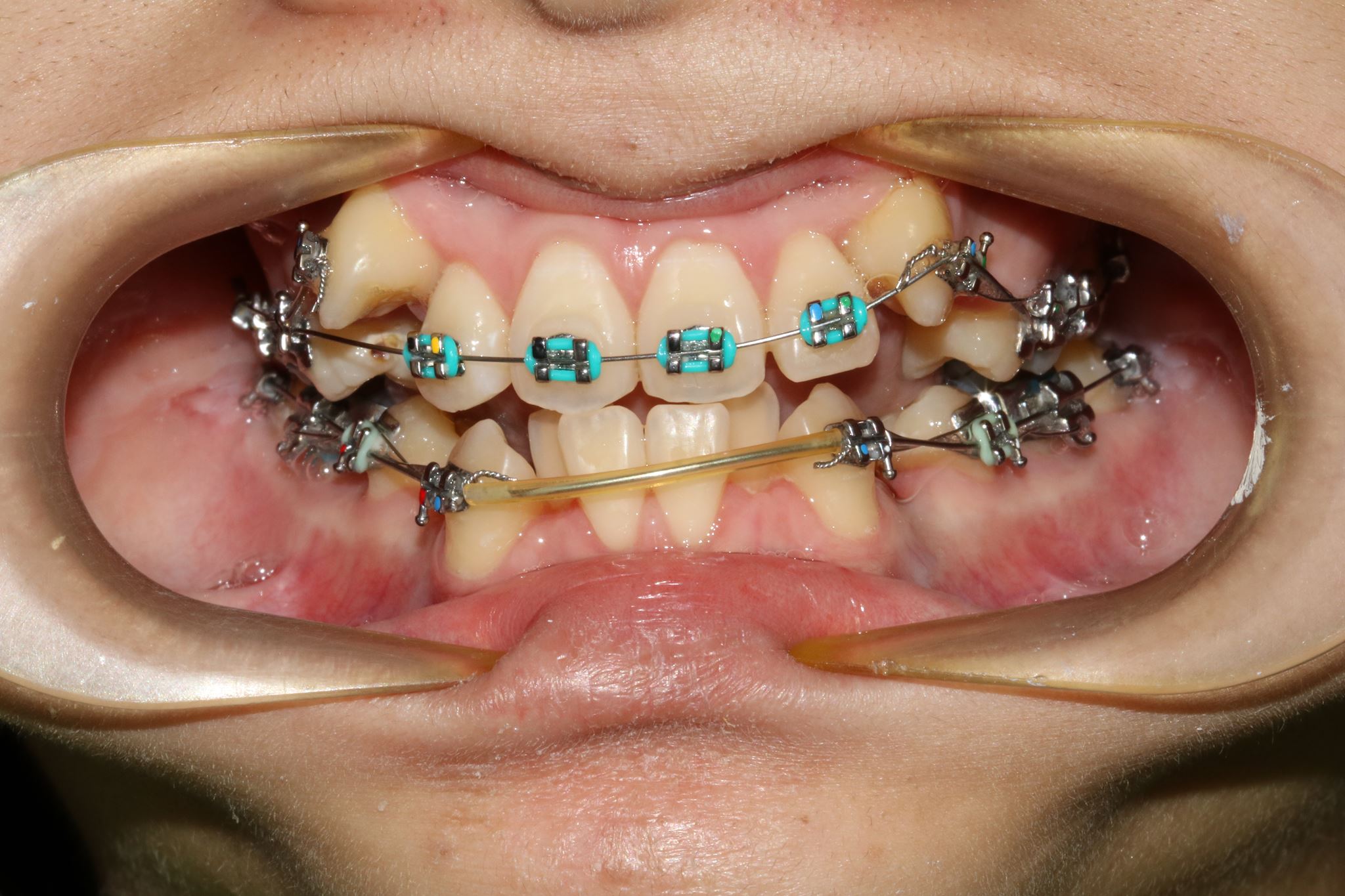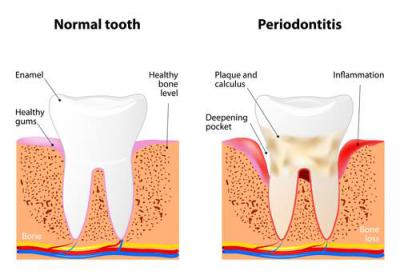- ហៅទូរស័ព្ទមកយើងខ្ញុំឥឡូវ: +855 12 889 112 / +855 11 978 777
- អ៊ីមែល: [email protected]
Orthodontic

Orthodontics is a subspecialty area in dentistry that focuses on aligning and straightening teeth using wires and brackets that apply force to the teeth to move them into a particular position.
There are many ways of straightening teeth and achieve a beautiful smile such as:
1. Braces
Braces use constant, gentle pressure, which over time, move teeth into their proper positions. Your braces are at work every moment of your orthodontic treatment. The two main components of your braces are: the brackets that are placed on your teeth and the main archwire that connects them. The bracket is a piece of shaped metal or ceramic that we affix to each tooth. The archwire is bent to reflect your “ideal” bite. In other words, it reflects the way we want you to look after treatment.
To discuss getting braces in the area, please feel free to contact us to schedule an appointment.
Different Types of Braces
Metal braces are the most popular with kids and teenagers. They love using different colors of ligature ties. These braces are much smaller than ever before.
Self-ligating metal brackets reduce friction between brackets and wires by eliminating use of ligature ties. Thus, it can reduce total treatment time.
Translucent clear ceramic braces are the most popular with adults. You have to be very close to someone to be able to see them. Yet, because they are a ceramic material, they are more fragile.
2. Removable Appliances
Removable appliances, unlike conventional braces, are used to retain teeth in their corrected positions and in some cases, to influence growth of the jaws in order to effect changes in facial structure. In addition, they are often used before and in conjunction with fixed appliances.
Removable appliances are not utilized to treat all orthodontic problems. It takes skill, and experience to recognize conditions that will respond favorably to removable appliances. Timing of such therapy also is very important.
Since removable appliances can easily be taken out by the patient, there may be a tendency not to wear them as we have prescribed. This means your teeth, jaws and muscles may move back toward their original positions.
Removable appliances require care. Although you may notice an effect on eating and speaking along with an increase in the flow of saliva, you will eventually adjust to the appliance.
3. Retainers
Once the active period is completed, your braces are removed. The next step is called retention. Retainers are utilized to hold your teeth in their new positions until your bone, gums, and muscles adapt to the new teeth positions. You must wear your retainer as instructed, otherwise your teeth may move toward their original positions and the benefit of wearing your braces will be lost.
The length of wearing your retainer will depends on each patient. Some people may need retainers for an extended period of time in order to eliminate shifting of the teeth. In some cases, permanent retention may be necessary.
The retention period is an important part of your overall treatment and should not be neglected!
Remember, wear them in your mouth, not in your pocket. Retainers work when you follow our instructions.
Clean your retainers! After meals, clean all parts of the retainer with a brush.
Handle your retainers with care. Retainers are easy to lose. If you take your retainers out, always place them in your retainer case for safety.
4. Invisalign
Invisalign uses a series of invisible, removable, and comfortable aligners that no one can tell you’re wearing. So, you can smile more during treatment as well as after.
With invisalign treatment, you can eat and drink what you want while in treatment. Plus, brushing and flossing are no problem. They are also comfortable, with no metal to cause mouth abrasions during treatment. And no metal and wires usually means you spend less time in your doctor’s office getting adjustments. Invisalign also allows you to view your own virtual treatment plan when you start so you can see how your straight teeth will look when your treatment is complete.
We are a Certified Invisalign® Provider
How does it work?
You wear each set of aligners for about two weeks, removing them only to eat, drink, brush, and floss. As you replace each aligner with the next in the series, your teeth will move – little by little, week by week – until they have straightened to their final positions. You’ll visit us about once every six weeks to ensure your treatment is progressing as planned. Total treatment time averages nine to 15 months, and the average number of aligners worn during treatment is between 18 and 30, but both will vary from case to case.



